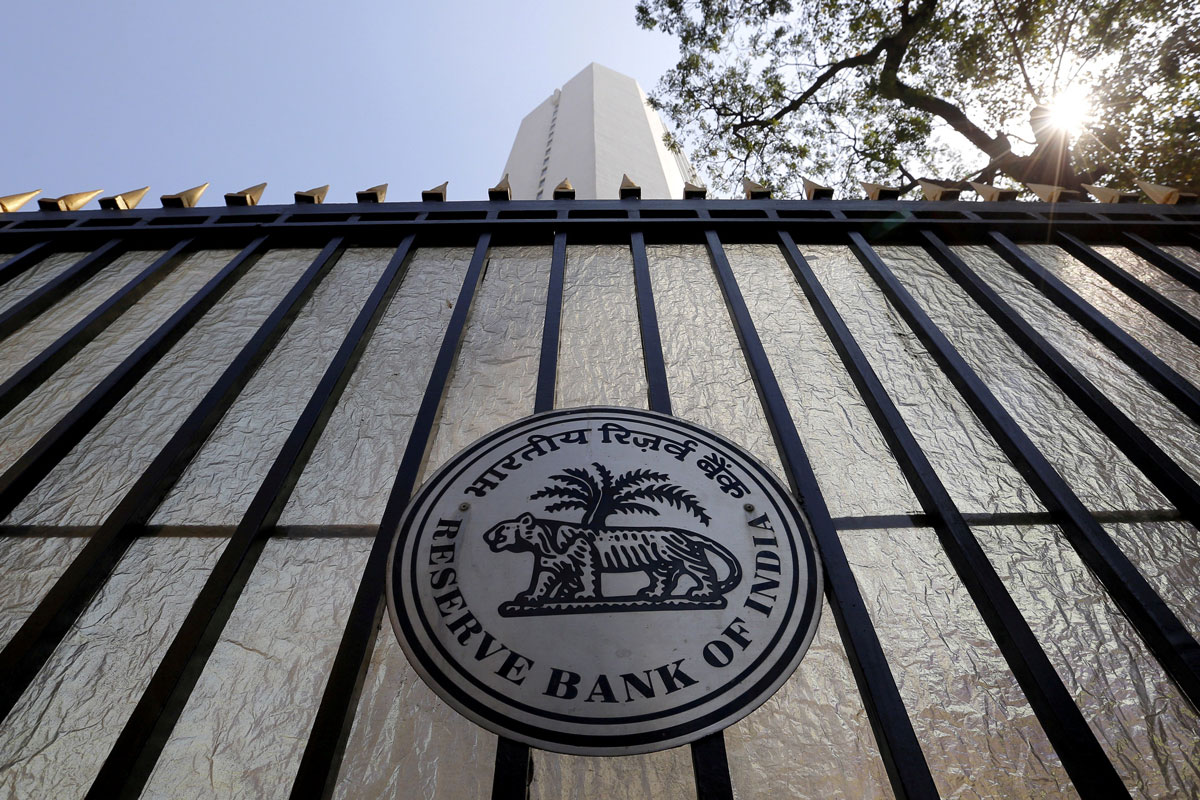In a much-anticipated move, the Reserve Bank of India (RBI) Monetary Policy Committee (MPC) on Friday decided to take another pause on the repo rate and keep it unchanged at 6.5 per cent maintaining the withdrawal of accommodation stance.
The RBI has also showcased good numbers for the gross domestic product (GDP) and inflation.
Advertisement
Domestic economic activity is exhibiting resilience. Real GDP grew year-on-year (y-o-y) by 7.6 per cent in Q2FY24, underpinned by robust investment and government consumption, which cushioned the drag from net external demand, it said.
On the supply side, gross value added (GVA) rose by 7.4 per cent in Q2, driven by buoyant manufacturing and construction activities.
Continued strengthening of manufacturing activity, buoyancy in construction, and gradual recovery in the rural sector are expected to brighten the prospects of household consumption, the RBI Governor Shaktikanta Das said.
Healthy balance sheets of banks and corporates, supply chain normalisation, improving business optimism, and rise in public and private capex should bolster investment going forward. With improvement in exports, the drag from external demand is expected to moderate. Headwinds from the geopolitical turmoil, volatility in international financial markets and geoeconomic fragmentation pose risks to the outlook.
Taking all these factors into consideration, real GDP growth for 2023-24 is projected at 7 per cent with Q3 at 6.5 per cent; and Q4 at 6 per cent.
Real GDP growth for Q1:2024-25 is projected at 6.7 per cent; Q2 at 6.5 per cent; and Q3 at 6.4 per cent.
Falling inflation:
Governor highlighted that global growth is slowing at a divergent pace across economies. Inflation continues to ebb though it remains above target with underlying inflationary pressures staying relatively stubborn. Market sentiments have improved since the last MPC meeting – sovereign bond yields have declined, the US dollar has depreciated, and global equity markets have strengthened. Emerging market economies (EMEs) continue to face volatile capital flows.
RBI highlighted that the CPI headline inflation fell by about 2% points since the last meeting of the MPC to 4.9% in October 2023 on sharp correction in prices of certain vegetables, deflation in fuel, and a broad-based moderation in core inflation (CPI inflation excluding food and fuel).
It said the uncertainties in food prices along with unfavourable base effects are likely to lead to a pick-up in headline inflation in November-December. Kharif harvest arrivals and progress in rabi sowing together with El Niño weather conditions need to be monitored. Adequate buffer stocks for cereals and a sharp moderation in international food prices, along with pro-active supply-side interventions by the Government may keep these food price pressures under check. Crude oil prices may remain volatile.
Early results from the firms polled in the Reserve Bank’s enterprise surveys indicate softer growth in input costs and selling prices for the manufacturing firms in Q4 relative to the previous quarter, while price pressures persist for services and infrastructure firms.
Taking into account these factors, CPI inflation is projected at 5.4 per cent for 2023-24, with Q3 at 5.6 per cent; and Q4 at 5.2 per cent. Assuming a normal monsoon next year, CPI inflation for Q1:2024-25 is projected at 5.2 per cent; Q2 at 4 per cent; and Q3 at 4.7 per cent.









